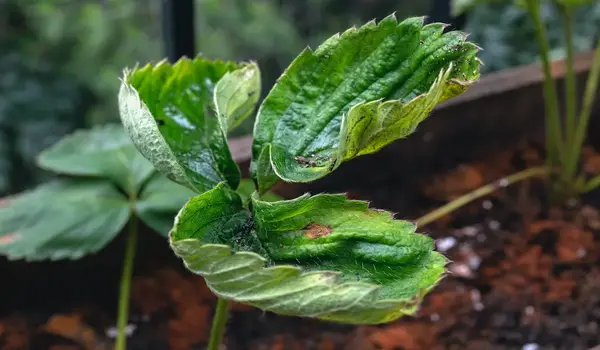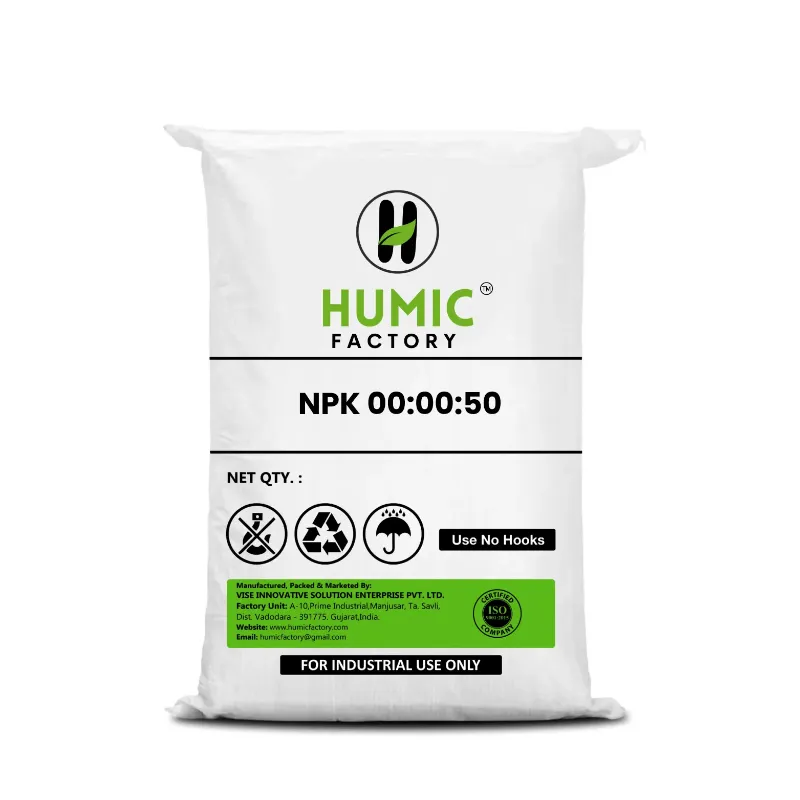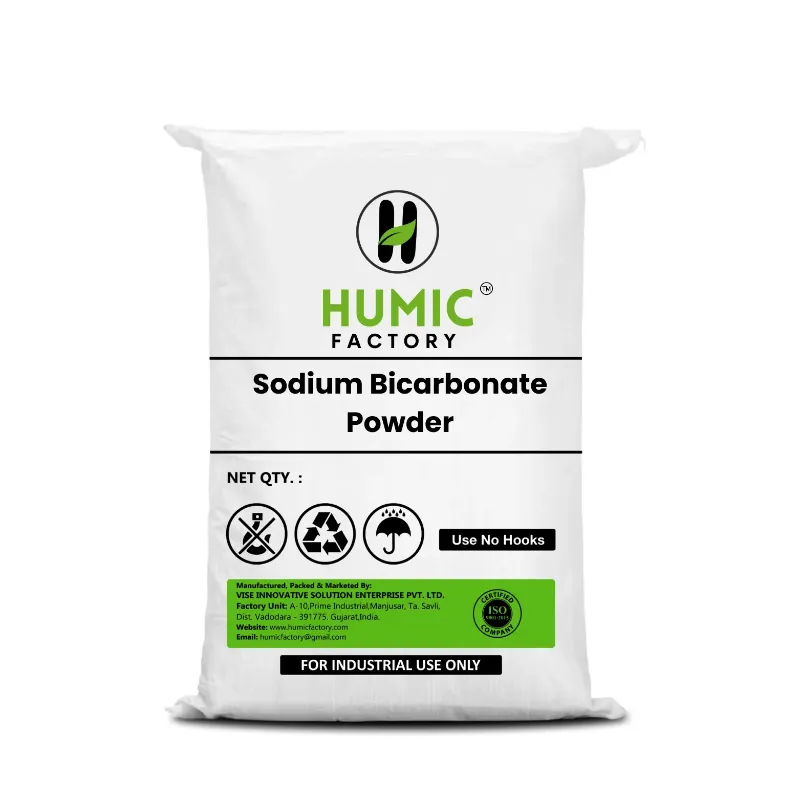Introduction: The Language of Plants
Plants indicate their needs in ambiguous but visible ways. When something goes missing in their diet, they exhibit characteristic symptoms that gardeners and farmers should learn to identify. Deficiencies in fertilizers may impede growth and cause low yields and reduced plants overall health. Knowing the deficiency symptoms of fertilizers on plants is important for perfect growth and productivity.
We'll discuss how to identify nutrient deficiencies in plants and address them. In addition, we'll acquaint you with Humic Factory's high-quality fertilizers designed to revitalize plant life and growth.
Why Do Fertilizer Deficiencies Happen?
Plants need a number of macro and micronutrients to thrive. Among the most common reasons fertilizer deficiency symptoms manifest in plants are:
Nutrient-Poor Soil:
Over-farming and failure to replace nutrients deplete the soil.
Imbalanced Fertilizer Application:
Excess use of certain fertilizers will result in excesses of one nutrient and deficiencies of others.
Poor Soil Conditions:
Knowing these causes you can take steps to avoid and correct fertilizer deficiency symptoms in plants before they are too late to be salvaged.
Most Common Fertilizer Deficiency Signs in Plants
Each nutrient is important in its unique way, and its absence has its distinct signs of presentation. Here is how to look out for the most common symptoms,
1. Nitrogen Deficiency
Signs and Symptoms
Older leaves start turning yellow.
Plant growth stunted and foliage pale.
Yields decreased in fruiting plants.
Why This Occurs
Nitrogen is important in chlorophyll synthesis and overall plant growth. An absence of nitrogen hinders these processes.
Solution:
Apply a nitrogen-rich fertilizer, such as urea or organic compost. Humic Factory provides organic options to balance nitrogen.
2. Phosphorus Deficiency
Symptoms:
Why It Happens:
Phosphorus is essential for energy transfer and root growth. A deficiency can impede these processes.
Solution:
Use phosphate-based fertilizers, ensuring proper soil pH for absorption.
3. Potassium Deficiency
Symptoms:
Why It Occurs:
Potassium controls water balance and enzyme activation. Its deficiency impacts plant resistance.
Solution:
Potassium chloride or organic potash fertilizers can be used.
Symptoms:
Why It Occurs:
Calcium fortifies cell walls and is important for root health.
Solution:
Apply calcium nitrate or gypsum.
5. Magnesium Deficiency
Symptoms:
Why It Occurs:
Magnesium is the central component of chlorophyll.
Solution:
Epsom salts or magnesium sulfate
How to Recognize Micronutrient Deficiencies
Micronutrients like iron, manganese, and zinc are used in small quantities but are highly important in plant health. Here's how to identify deficiencies:
1. Iron Deficiency
Symptoms:
New leaves turn yellow while the veins remain green.
2. Zinc Deficiency
Symptoms:
3. Manganese Deficiency
Symptoms:
Humic Factory offers micronutrient-enriched fertilizers to combat these specific issues effectively.
Diagnosing Fertilizer Deficiency Symptoms in Plants
Examine Growth Patterns:
Observe which parts of the plant are affected, whether older or new leaves.
Analyze Soil:
Take a soil test to identify nutrient imbalances.
Monitor Environmental Conditions:
Check for external factors such as watering habits and pH levels.
Compare with Deficiency Charts:
Use visual guides to match symptoms with potential deficiencies.
Preventing Fertilizer Deficiency Symptoms in Plants
Balanced Fertilization:
Use fertilizers that give all necessary nutrients in balanced proportion.
Regular Soil Testing:
Maintain records of the soil nutrient levels for taking corrective measures.
Organic Practices:
Use compost and organic matter to enrich soil fertility.
pH Management:
Adjust the pH of the soil to an optimal range for the availability of nutrients (6.0-7.0 for most crops).
Organic and Balanced Fertilizers of Humic Factory prevent deficiency issues.
The Importance of Humic Factory in Eliminating Nutrient Deficiencies
At Humic Factory, we know how healthy soil and thriving plants are essential. Our fertilizers are balanced nutrition to address both macro and micronutrient needs.
Organic Options:
Environmentally friendly and safe.
Tailored Solutions:
Products for spefertilizer deficiency symptoms in plants cific crops and conditions.
Expert Support:
Guidance on how to identify and treat fertilizer deficiency symptoms in plants. When you choose Humic Factory, you're choosing health and vitality for your plants.
Conclusion
The skill of fertilizer deficiency signs in plants has to be mastered by any gardener and farmer. By understanding the signs, knowing how to diagnose the problem, and applying the solution, you will ensure your plants grow strong and productive.


Submit your contact number to receive exclusive updates
Something went Wrong Please try again!!!
Bulk Purchase
Get Bulk Discount
Get Discount Code now
फोन नंबर सबमिट करे और ऑफर पाए
We believe farming is hard. This is our attempt to support farmers. Submit your contact details to receive a discount and other offers from Humic Factory.

Recommended Products
COPYRIGHT © 2024. All Rights Reserved By Humic Factory


